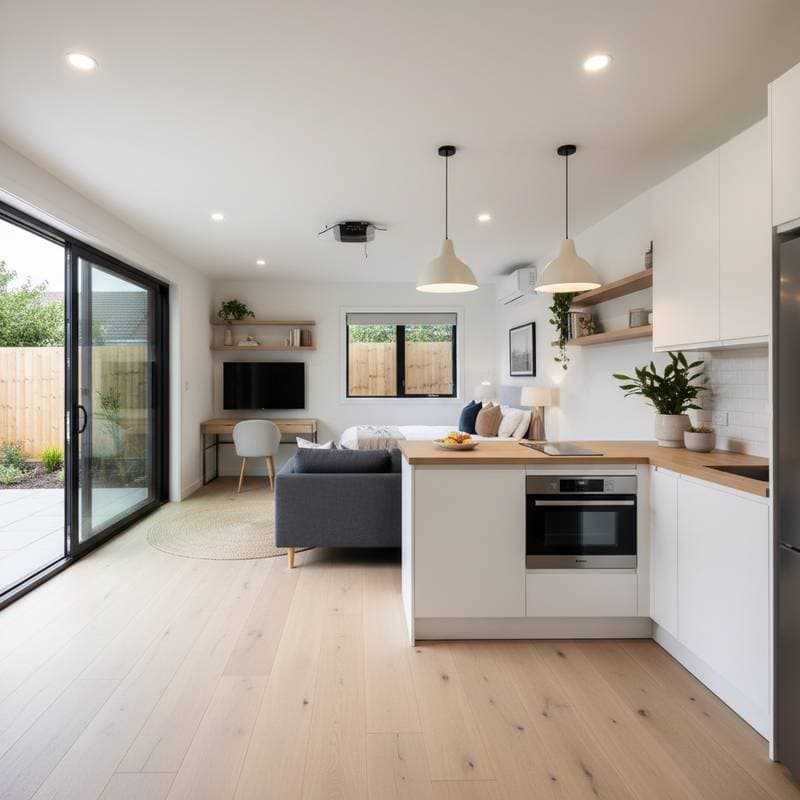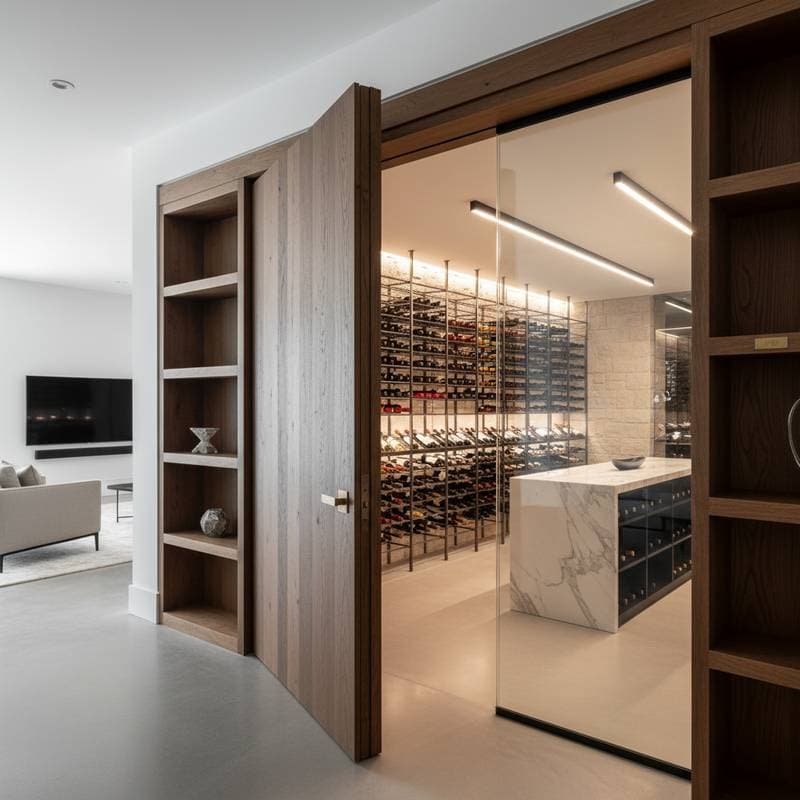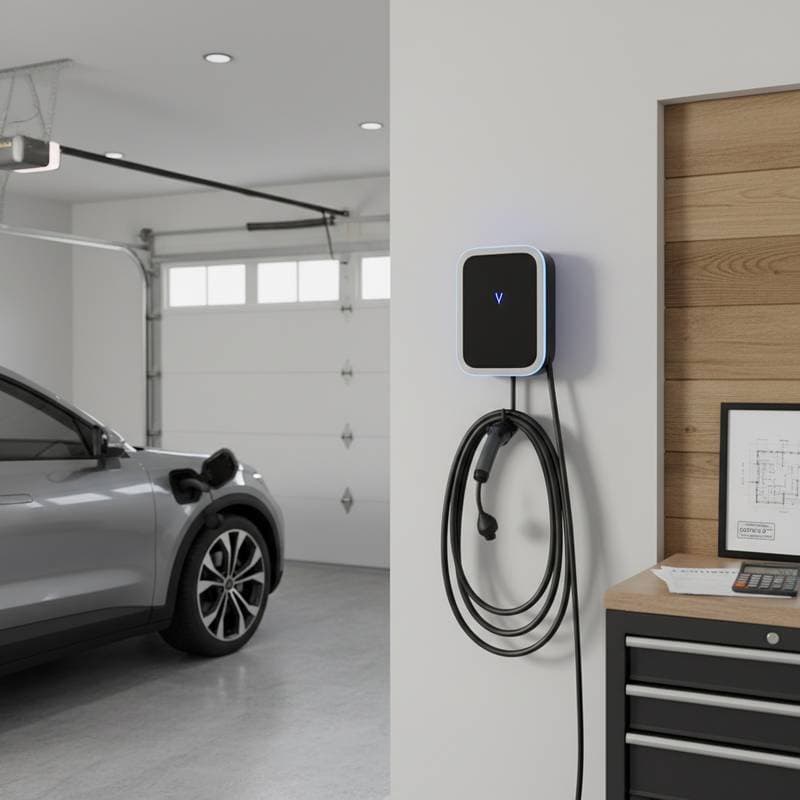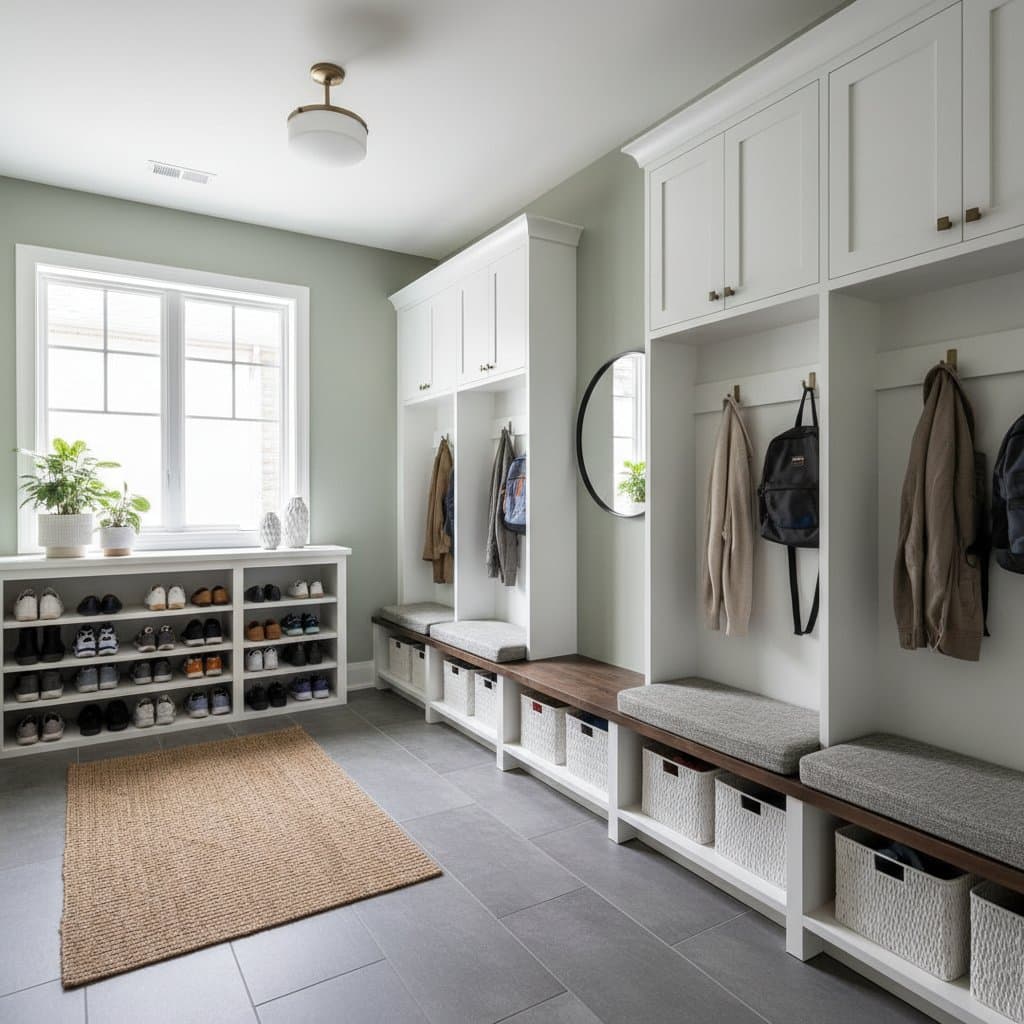Multigenerational Homes: ADU Additions Return 85% in 2025
Accessory dwelling units, or ADUs, are small independent living spaces built on the same lot as a main home. They can be attached, detached, or built within existing structures like garages or basements. Homeowners choose them for added family space, rental income, or long-term flexibility. As multigenerational living grows, ADUs are proving to be one of the most practical additions for both comfort and return on investment.
For families caring for aging parents, adult children, or relatives, an ADU offers privacy with proximity. It also boosts property value, with recent national data showing an average return of about 85% on construction costs. That makes it one of the most reliable home improvements for resale.
Pros and Cons
Pros
- Strong resale return near 85% for most finished units.
- Flexible use for family housing, rentals, or guest space.
- Adds privacy while keeping relatives close.
- Rental potential can offset mortgage or retirement costs.
- Increases property value with independent living capability.
Cons
- High upfront cost compared to minor remodels.
- Permitting and zoning can delay projects.
- Utility upgrades sometimes needed for power, water, or sewer.
- Yard loss for detached builds.
- Maintenance on an additional structure adds long-term expense.
DIY vs Pro
Building an ADU is complex. It involves foundation work, framing, plumbing, electrical, insulation, and code compliance. Most homeowners hire licensed general contractors.
DIY feasibility: Low
Time frame: 4 to 9 months for full build
Tools needed: Full construction set including saws, drills, framing tools, and safety equipment
Risk: High for structural, electrical, or code errors
When to hire a pro
Hire a licensed general contractor and architect for all new construction or conversions that alter structure, plumbing, or electrical systems. Pros manage permits, inspections, and design standards that meet local codes. Self-managing can save 10% to 15% in labor but increases risk of delays or failed inspections.
Maintenance and Lifespan
ADUs last as long as the main home when built correctly. Expect 50 to 100 years with standard maintenance.
Annual tasks
- Inspect roof, siding, and foundation for cracks or leaks.
- Clean gutters and ventilation systems.
- Repaint or seal exterior surfaces every 7 to 10 years.
- Service HVAC, plumbing, and electrical systems yearly.
Some municipalities require periodic inspections for rental units. Check if your area mandates separate utility metering or energy compliance.
Local Factors
Building costs and rules vary widely. In coastal regions, higher labor rates and seismic codes raise prices. Areas with strict zoning can limit size or require additional parking. Rural areas may have looser rules but higher utility connection costs.
Examples of local influences
- California: Strong ADU incentives and streamlined permits, but high labor and energy code costs.
- Pacific Northwest: Wet climates require advanced drainage and moisture control.
- Southwest: Lower rainfall eases foundation work but requires cooling systems.
- Northeast: Cold winters demand better insulation and frost-protected foundations.
Always verify local setback, height, and occupancy rules before design. Some cities allow rent caps or short-term rental restrictions that affect income potential.
Safety
ADUs must meet the same safety codes as main homes. This includes proper foundation support, structural framing, electrical grounding, and fire separation.
Safety checks
- Electrical: All work must meet National Electrical Code standards. Hire a licensed electrician.
- Plumbing: Use code-approved materials and venting. Improper work can cause leaks or contamination.
- Gas: Only licensed installers should connect gas lines for stoves or heaters.
- Fire safety: Units need smoke and carbon monoxide alarms, exit windows, and accessible doors.
- Permits: Always secure building permits. Unpermitted ADUs can void insurance and block resale.
FAQ
How large can an ADU be?
Most cities limit ADUs to 800 to 1,200 square feet or a percentage of the main home. Detached units usually face more restrictions than attached ones.
Do I need separate utilities?
Not always. Many homeowners tie into existing water, sewer, and electrical systems. Some cities require separate meters for rental units.
Can I rent my ADU right away?
Only if it passes final inspection and meets local rental laws. Some cities require owner occupancy or prohibit short-term rentals.
What is the best use for an ADU?
Common uses include family housing, home offices, or long-term rentals. Detached units offer more income potential, while attached spaces fit family needs better.
Do ADUs require property tax reassessment?
Often yes. Most regions assess the new structure separately. The increase depends on local tax rules and construction value.
Making It Happen
Building an ADU is a major project, but it offers lasting value. The return on investment is strong, family use is flexible, and the design can adapt as needs change. Start by confirming zoning and setbacks, then gather estimates from licensed professionals. Compare detached, attached, and conversion options based on your lot and budget.
An ADU can serve as a home for relatives now and a steady income source later. With careful planning and professional help, it becomes both a practical living solution and a smart financial move. Get three quotes from licensed contractors, check local permit requirements, and plan for a structure that fits your long-term household needs.










